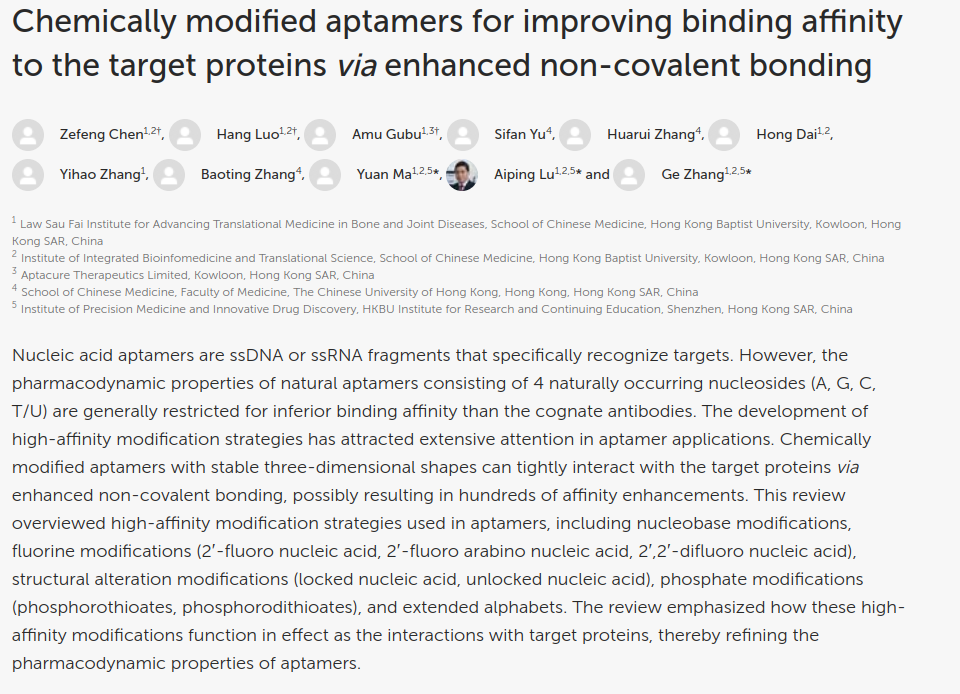Core members from HKAP developed a precision medicine-based bone anabolic strategy
- hkaptamer
- Aug 24, 2018
- 1 min read
Core members from the Guangdong-Hong Kong-Macao Greater Bay Area International Research Platform(HKAP) have succeeded in developing a precision medicine-based bone anabolic strategy. Their research paper entitled “Inhibition of osteoblastic Smurf1 promotes bone formation in mouse models of distinctive age-related osteoporosis” was published in the internationally renowned academic journal Nature Communications (Doi: 10.1038/s41467-018-05974-z) on the 24th of August 2018.
The research team is led by Professor Lyu Aiping and Professor Zhang Ge.
Professor Zhang Ge said: “Bone morphogenetic protein (BMP) signaling plays a significant role in osteoblastic bone formation. However, recombinant human BMPs (rhBMPs) exhibit large inter-individual variations in local bone formation during clinical spinal fusion. Smurf1 ubiquitinates BMP downstream molecules for degradation. This study shows that age-related osteoporosis could be classified into different subgroups based on distinct intraosseous BMP-2 levels and Smurf1 activity. One major subgroup with a normal BMP-2 level and elevated Smurf1 activity shows poor response to rhBMP-2 during spinal fusion. Smurf1 could be a promising molecular target for promoting local bone formation in this subgroup of age-related osteoporosis.”.
Professor Lyu Aiping said: “We designed a virtual screening strategy to identify small molecular inhibitors targeting Smurf1. A derivative of the chalcone from Psoralea corylifolia herb was screened as the optimal small molecule. The chalcone derivative could effectively inhibit Smurf1 activity, increase BMP signaling and enhance local bone formation during spinal fusion in the above subgroup of age-related osteoporotic mouse model.”.
One of the first authors, Research Assistant Professor Dr. Liang Chao, said: “After conjugating to an osteoblast-targeting and penetrating oligopeptide (DSS)6, the chalcone derivative could also promote systemic bone formation in the above subgroup of age-related osteoporotic mouse model.”.






Comments